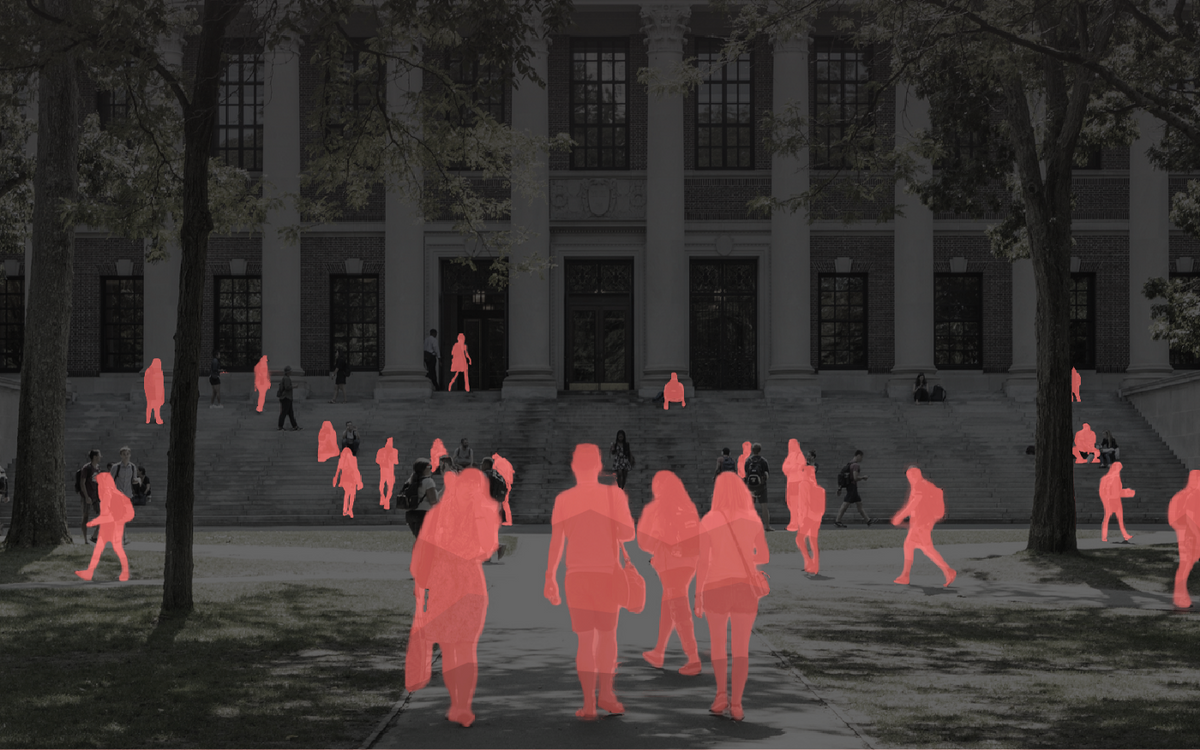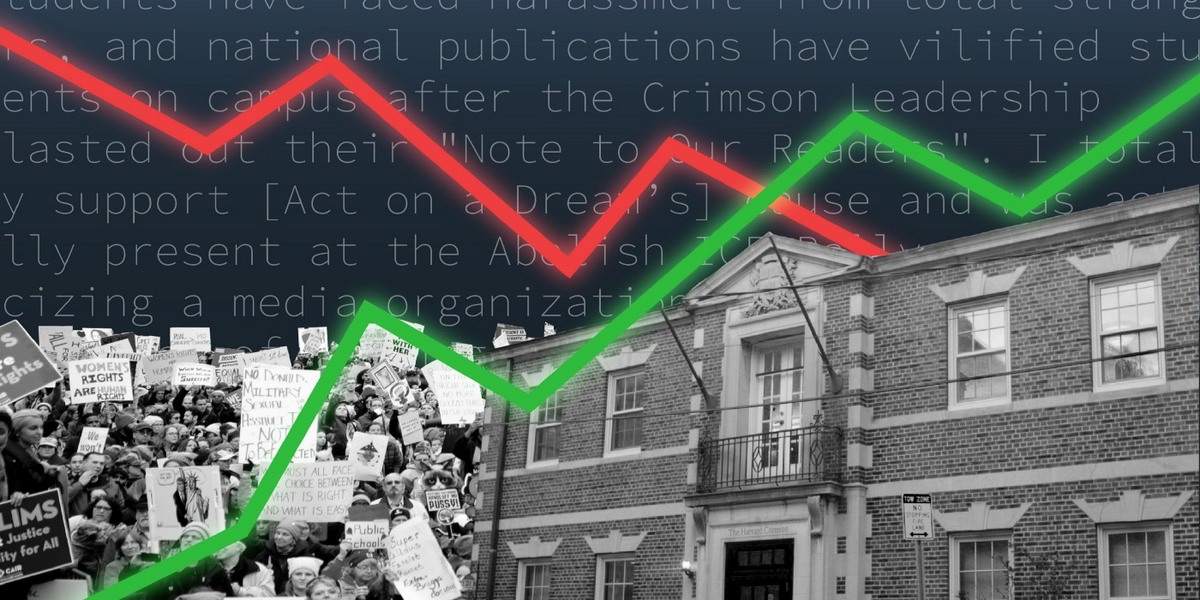Survey Group
HODP Surveys is the Harvard College Open Data Project's method of collecting survey data about the Harvard student body. In order to make taking surveys as easy as possible and without bothering those that are not interested in surveys, we use a survey group where students interested in helping with our mission can sign up and receive occasional surveys. They fill out their demographic information one time and all future survey responses will be linked to that initial demographic info. As a result, we are able to make surveys quicker and easier for students to fill out while still enabling sufficient information to conduct analysis.
Privacy Measures
HODP takes student privacy very seriously in our survey responses. We believe that to obtain a large quantity of genuine responses, students must feel that their survey responses will be properly anonymous. As a result, we have taken a series of measures to ensure the privacy of HODP students.
Aggregate Data Only
We will never publish individual responses from the survey nor give them to any non-HODP party. We will only publish analysis based on aggregate responses, and we will only publish such analysis if we are confident that the data is properly anonymized such that the respondents cannot be identified.
Review of Data Requests
Only HODP executive committee members wil have direct access to the database and be able to pull response data. Any HODP members who wish to access some subset of the survey data will be required to submit a request that will be reviewed by the executive committee. The retrieval of all data will be done by automated script so executive committee members will also not have direct access to the raw response data.
Internal Anonymization
In order to link responses, we use email addresses. However, we also want to make it so that executive committee members cannot accidentally see individual survey responses. So, in our database we do not link individuals via email address, but using a unique hash of their email address so that at first glance any individuals in the database cannot be easily linked to their responses. See below for more specifics of the structure of the surveys database.



